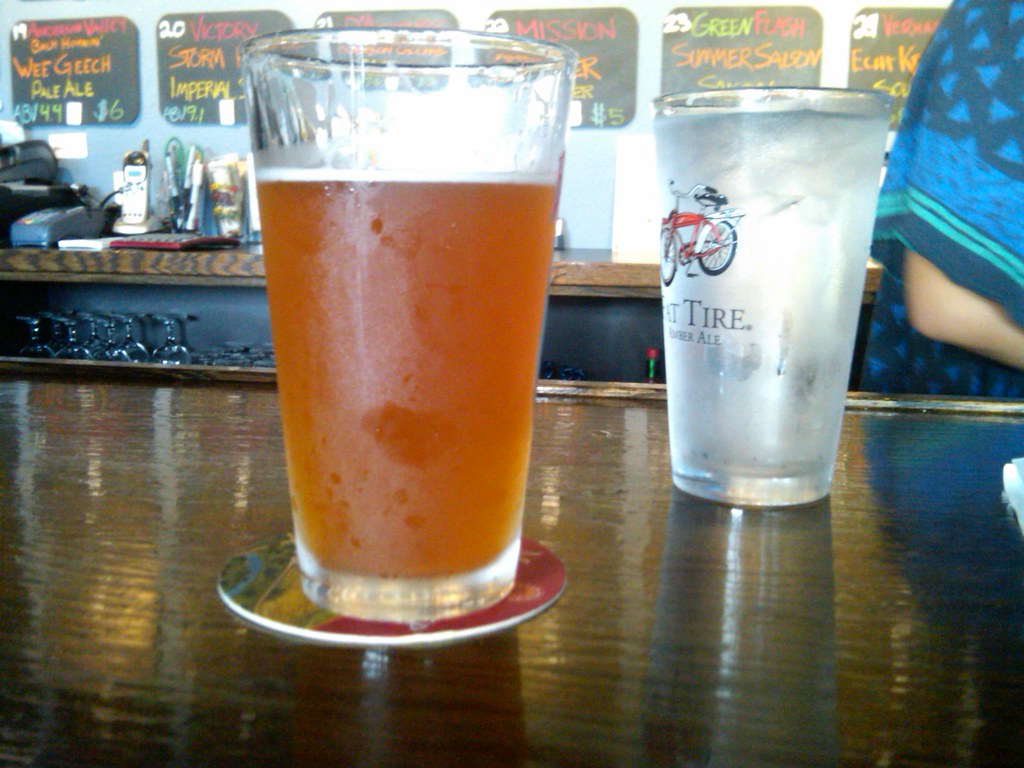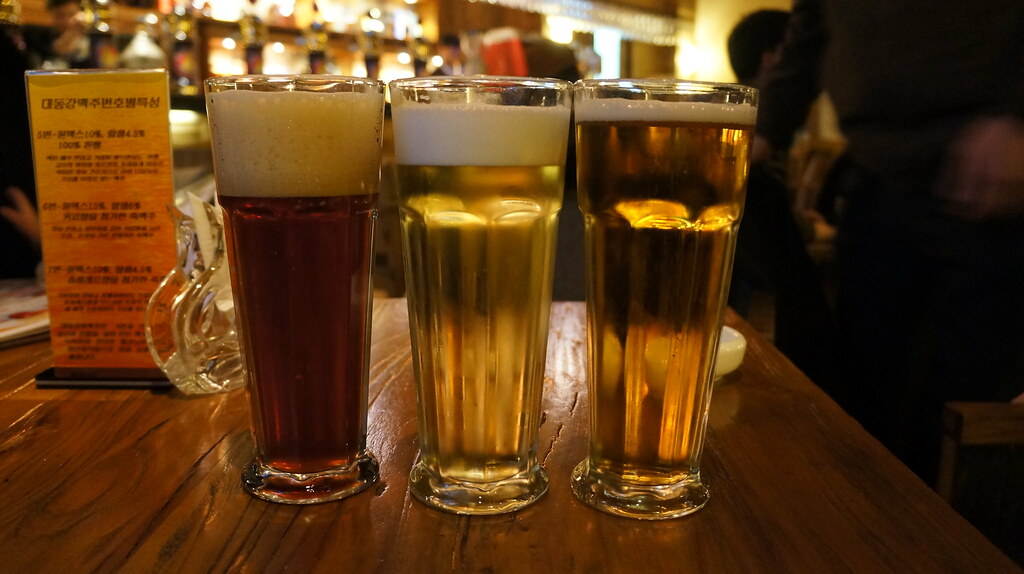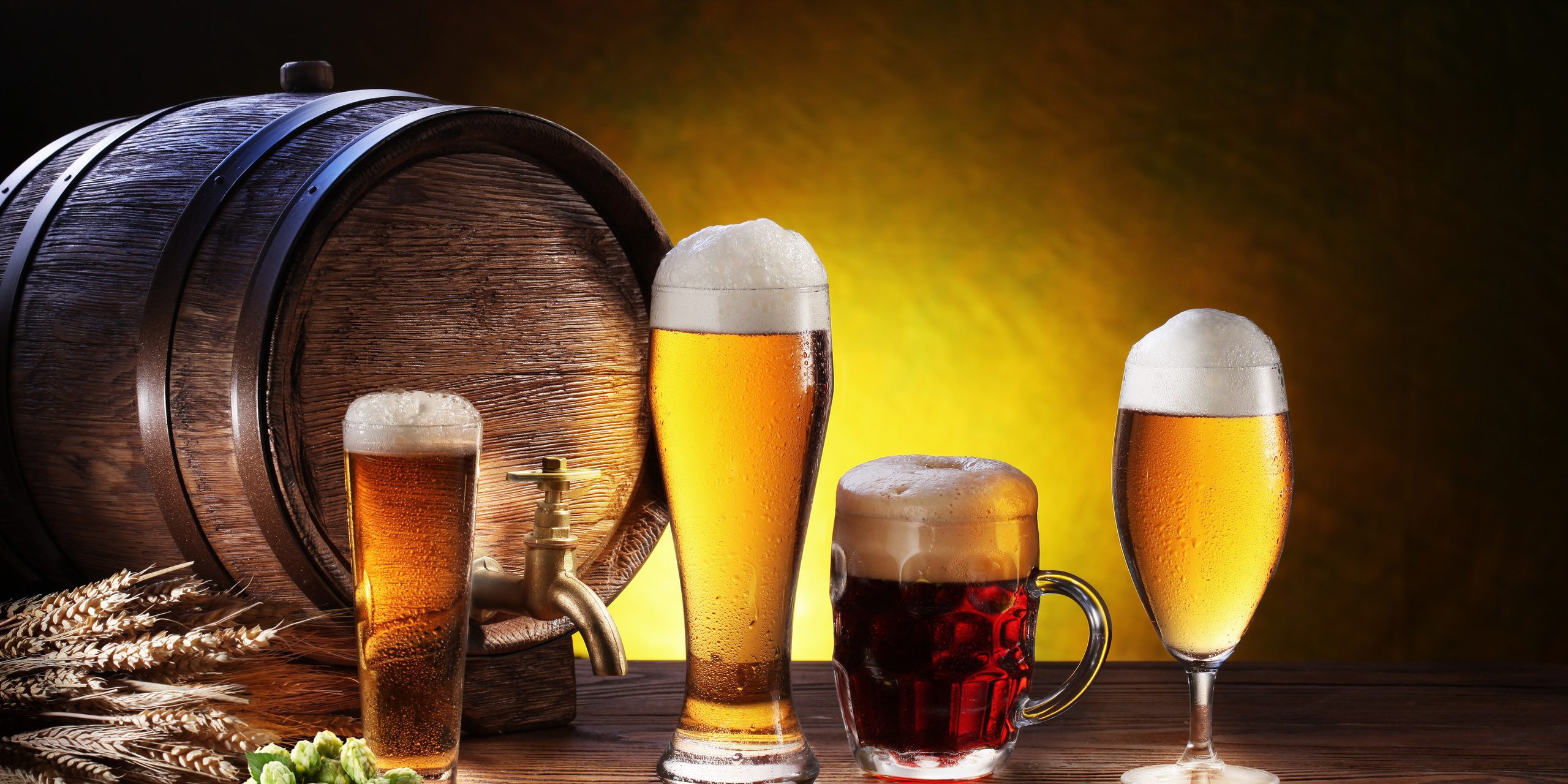Introduction: The Craft Beer Phenomenon
Walk into any grocery store today and you’ll find entire aisles dedicated to craft beer—hundreds of colorful cans and bottles showcasing everything from hazy IPAs to bourbon barrel-aged stouts. What was once a niche hobby for beer enthusiasts has exploded into a $116 billion industry that fundamentally changed how Americans drink beer. Craft breweries now number over 9,000 across the United States, transforming neighborhoods into beer destinations and turning brewing into one of the most exciting entrepreneurial sectors in food and beverage.
This craft beer revolution didn’t happen overnight. It’s the result of a perfect storm of cultural shifts, changing consumer preferences, and entrepreneurial spirit that began brewing decades ago. Understanding how craft beer moved from basement homebrew experiments to mainstream phenomenon reveals fascinating insights about American consumer culture, the power of authenticity, and the enduring appeal of supporting local businesses.

The Resurgence: A Look Back at Beer History
To understand craft beer’s meteoric rise, we need to rewind to the post-Prohibition landscape of American brewing. For decades following the repeal of Prohibition in 1933, the beer industry consolidated around mass-produced, light lagers designed for broad appeal and efficient distribution. Brands like Budweiser, Miller, and Coors dominated with crisp, clean beers that prioritized consistency and drinkability over bold flavors.
This homogenized beer landscape began to crack in the late 1970s when President Jimmy Carter signed legislation legalizing homebrewing for personal consumption. Suddenly, beer enthusiasts could legally experiment in their garages and basements, rediscovering traditional brewing techniques and exploring flavor profiles that had been largely absent from American beer for generations. This homebrewing movement became the training ground for future craft brewers, fostering a generation of passionate beer makers who valued creativity over mass market appeal.
The early pioneers who transitioned from homebrewing to commercial brewing faced enormous challenges. Fritz Maytag’s revival of San Francisco’s Anchor Brewing in the 1960s and 70s is often cited as the beginning of American craft brewing, followed by trailblazers like Sierra Nevada Brewing Company, founded by homebrewer Ken Grossman in 1980. These early microbreweries proved that American consumers were hungry for more flavorful, distinctive beers, even if they had to be educated about styles like pale ales and porters that had been largely forgotten.
The Allure of Flavor and Quality
The most obvious driver of craft beer’s popularity is simply that it tastes different—and often better—than mass-market alternatives. Craft brewers unleashed an explosion of flavors that had been virtually absent from American beer for decades. India Pale Ales brought aggressive hop character and citrusy aromatics. Imperial stouts offered rich, complex flavors reminiscent of coffee and chocolate. Sour beers introduced tart, wine-like characteristics that appealed to adventurous palates.
This flavor revolution was made possible by craft brewers’ commitment to premium ingredients. While macro breweries often used adjuncts like rice and corn to lighten body and reduce costs, craft brewers emphasized quality malted barley, specialty hops, and carefully selected yeast strains. Many began incorporating innovative adjuncts—not to cut costs, but to enhance flavor. Coffee, vanilla, fruit, spices, and even unconventional ingredients like oysters or chocolate found their way into craft beer recipes.
Behind these bold flavors was genuine brewing artistry. Craft brewers approached their work with the passion and precision of chefs, viewing beer as a canvas for creative expression rather than simply a commodity. They studied traditional European brewing methods, experimented with barrel aging, and developed new techniques like dry hopping that became hallmarks of American craft brewing. This dedication to craftsmanship resonated with consumers who could taste the difference between a beer made by passionate artisans and one produced on an industrial scale.
The spirit of experimentation became central to craft beer’s appeal. While macro breweries maintained the same recipes for decades, craft brewers constantly pushed boundaries with seasonal releases, limited editions, and collaborative brews. This created a sense of discovery and excitement—beer enthusiasts never knew what innovative creation might appear on tap next.

The “Local” Connection & Community Building
Craft beer’s rise coincided with a broader cultural movement toward supporting local businesses and authentic experiences. Consumers increasingly sought alternatives to corporate chains and mass-produced goods, viewing their purchasing decisions as votes for the kind of community they wanted to live in. Craft breweries, typically small and independently owned, became perfect symbols of this local-first mentality.
The taproom experience proved revolutionary in building these community connections. Unlike bars that served mass-market beers from distant corporations, brewery taprooms offered direct access to the people who actually made the beer. Customers could meet brewers, learn about ingredients and processes, and feel connected to the creation of what they were drinking. Taprooms became neighborhood gathering places, hosting trivia nights, live music, food trucks, and community events that strengthened their role as local institutions.
Authenticity became a powerful differentiator in an increasingly corporate marketplace. Each craft brewery had a story—often featuring passionate founders who left corporate careers to pursue their brewing dreams, overcame challenges to open their doors, or drew inspiration from family traditions. These origin stories created emotional connections that transformed casual customers into loyal advocates. Drinking a local craft beer wasn’t just about refreshment; it was about supporting dreams, celebrating creativity, and participating in a larger narrative about American entrepreneurship.
The collaborative nature of the craft beer community also fueled growth. Breweries regularly collaborated on special releases, shared knowledge and resources, and supported each other through industry organizations. Beer festivals became celebrations of this collaborative spirit, allowing breweries to introduce their products to new audiences while creating festive community events. Rather than viewing each other purely as competitors, many craft brewers saw themselves as part of a movement that benefited from collective success.
Changing Consumer Tastes & Education
Craft beer’s popularity explosion wasn’t just about the beer itself—it reflected broader changes in American consumer behavior and food culture. The rise of foodie culture in the 1990s and 2000s created a generation of consumers who actively sought out unique, high-quality food and beverage experiences. These discerning palates, accustomed to exploring diverse cuisines and artisanal products, naturally gravitated toward craft beer’s complex flavors and artisanal production methods.
The integration of craft beer into food culture proved particularly powerful. Restaurants began featuring extensive craft beer lists, and beer dinners pairing specific brews with carefully chosen dishes became popular events. Craft beer’s diverse flavor profiles made it incredibly food-friendly—hoppy IPAs could stand up to spicy dishes, rich stouts complemented chocolate desserts, and tart sour beers provided palate-cleansing acidity. This culinary integration legitimized craft beer as a sophisticated beverage worthy of serious consideration alongside wine.
Consumer education played a crucial role in expanding craft beer’s appeal. As people learned about brewing processes, ingredient impacts, and style differences, they developed greater appreciation for brewers’ skill and creativity. Beer education events, tasting classes, and brewery tours demystified the brewing process and helped consumers understand what made craft beer special. This knowledge enhanced enjoyment and created more engaged customers who could articulate why they preferred craft beer over mass-market alternatives.
Social media accelerated craft beer education and community building. Platforms like Instagram and Untappd allowed enthusiasts to share photos of unique beers, rate their experiences, and discover new breweries. Beer bloggers and influencers created content that educated audiences about beer styles, brewing techniques, and industry trends. This digital community building extended craft beer’s reach far beyond individual taprooms, creating national and international networks of enthusiasts who shared recommendations and celebrated discoveries.
Accessibility & Distribution Evolution
Early craft breweries faced significant challenges in reaching consumers beyond their immediate vicinity. Limited distribution networks meant many craft beers were available only at the brewery or in select local establishments. However, the growth of brewery taprooms provided a direct sales channel that revolutionized the industry’s economics and customer relationships.
Taprooms offered craft breweries higher profit margins than wholesale distribution while creating unique experiences that couldn’t be replicated at home or in traditional bars. Customers could enjoy fresh beer straight from the source, meet brewers, and participate in special releases and events. This direct-to-consumer model proved so successful that taprooms became essential components of most craft brewery business plans, with many breweries designing facilities specifically to accommodate both production and hospitality.
As craft beer demand grew, distribution networks evolved to meet it. Specialty beer distributors emerged to serve craft breweries, while established distributors expanded their portfolios to include craft options. Restaurants and bars increasingly featured craft beer selections as customer demand made clear that offering only macro brands was no longer sufficient. Retail stores dedicated more shelf space to craft beer, creating dedicated sections that showcased the category’s diversity and premium positioning.
The industry also developed innovative expansion models that balanced growth with maintaining craft credentials. Some breweries remained intentionally small as “nano-breweries” serving hyperlocal markets. Others grew into regional powerhouses while maintaining independence and craft credibility. Still others pursued strategic acquisitions or partnerships that provided capital for expansion while preserving brewing autonomy. These varied growth paths allowed craft beer to scale while maintaining the authenticity and quality that drove its initial appeal.
Conclusion: A Lasting Legacy
The explosive growth of craft beer represents far more than changing beverage preferences—it reflects fundamental shifts in how American consumers think about quality, community, and authenticity. The confluence of factors that fueled this revolution—from the legalization of homebrewing to the rise of foodie culture, from social media connectivity to the desire for local experiences—created perfect conditions for passionate entrepreneurs to transform an entire industry.
Craft beer’s success story offers valuable lessons about the power of authenticity in an increasingly corporate marketplace. By prioritizing quality over efficiency, community over scale, and creativity over conformity, craft breweries carved out space in a market dominated by massive corporations. They proved that consumers were willing to pay premium prices for products that offered genuine value in terms of flavor, experience, and connection.
Today’s craft beer landscape continues evolving as the industry matures and faces new challenges. Yet the fundamental appeal that drove craft beer’s meteoric rise—the desire for quality, community, and authentic experiences—remains as relevant as ever. Whether through innovative new styles, sustainable brewing practices, or enhanced taproom experiences, craft breweries continue pushing boundaries and deepening connections with communities nationwide.
The craft beer revolution transformed not just what Americans drink, but how they think about the products they choose to support. It demonstrated that small, independent businesses could successfully compete with corporate giants by offering something those giants couldn’t: genuine passion, authentic stories, and beer that tastes like someone actually cared about making it. That legacy will continue shaping American consumer culture long after the last IPA is poured.


